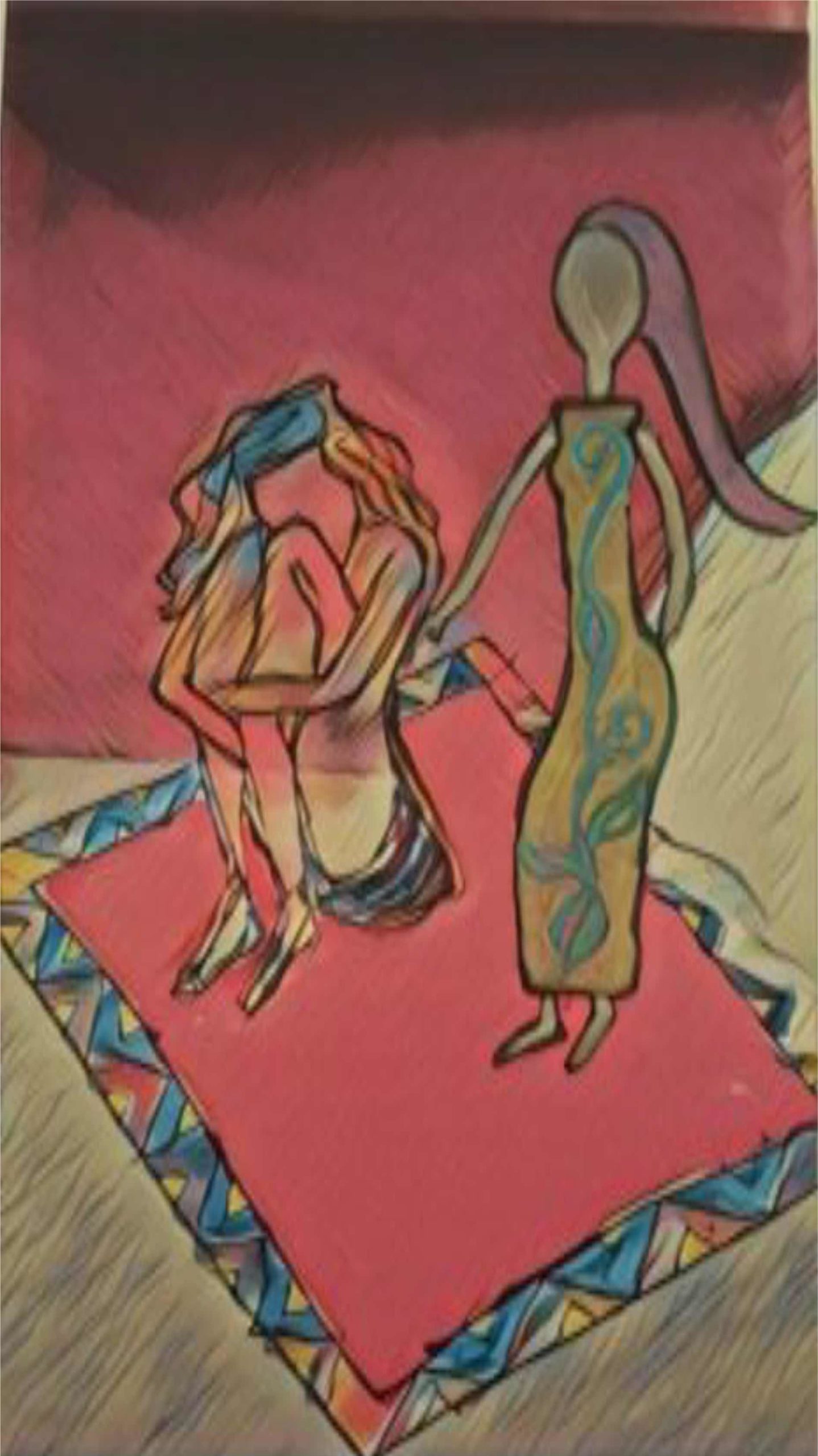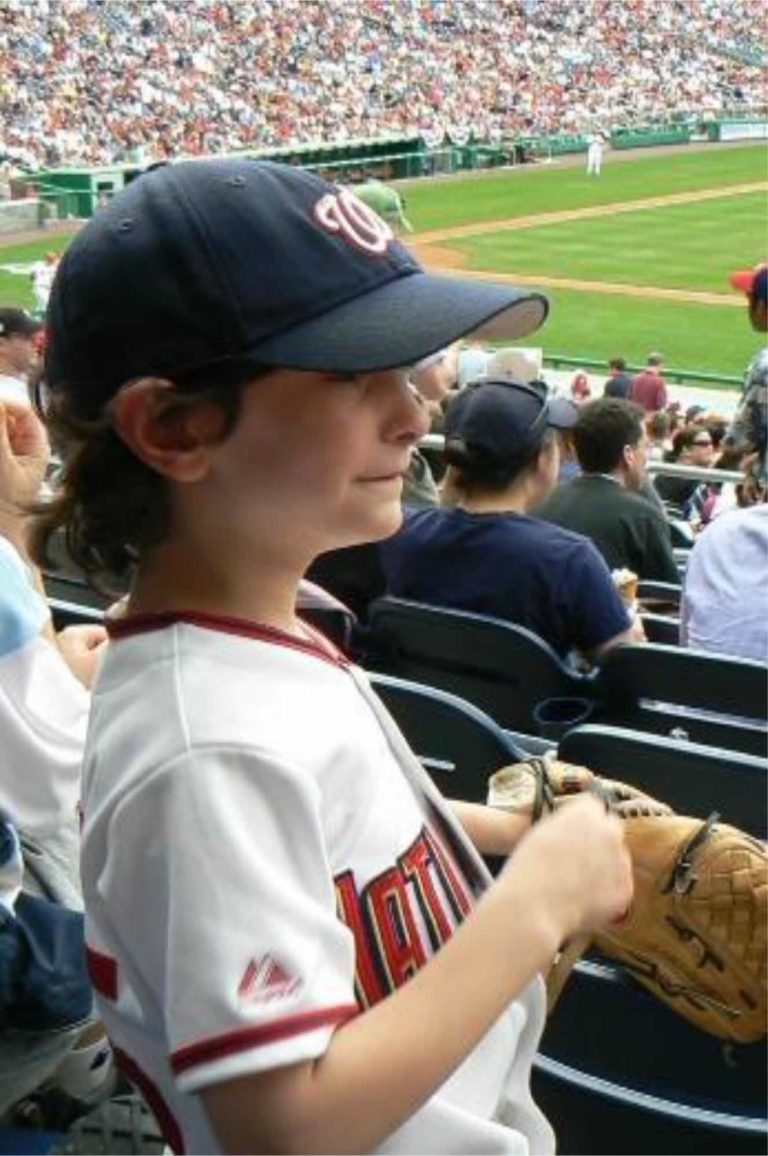It’s been a long day, but Mabel’s 87-year-old knobby hands grab mine with all the force she can muster, and I know that I’m right where I’m supposed to be. She’s dying of cancer, too weak to talk, but what is required now is silence as we gaze at each other. I am fully present with her, and she knows it.
I do not have a psychoanalytic practice, nor any practice at all. Still, I utilize the tenets of psychoanalysis in my work as a community social worker. My office, my couch, is the patients’ own couch in their home. While I help people to improve the quality of their lives and their relationships by getting a handle on their internal conflicts, more importantly, I provide a holding space.
When I was an adolescent patient at Chestnut Lodge, my growth came not only from four times weekly psychoanalytic therapy but from the holding space created by the direct support staff that sat day-in and day-out listening to me, to my psychic pain and adolescent angst, even when I was at my worst.
So now I honor and create the space of my patients’ home, however dirty or unkempt it often is, as a safe one for them to experience the situation that brought me to them, experience their past traumas, and experience a relationship with me. I sit with them, hold their hands, or not, for as long as it takes to establish trust and the holding space. Often, though, the space is filled with Winnicott’s “play”—warm, meaningful conversation, humor or art. It’s these real connective experiences that allow them to start to learn to connect to others.
Some of the greatest growth occurs outside the realm of traditional psychoanalytic treatment—when clinician and patient allow themselves to be held in silent- or play-filled moments like holding hands with Mabel.



